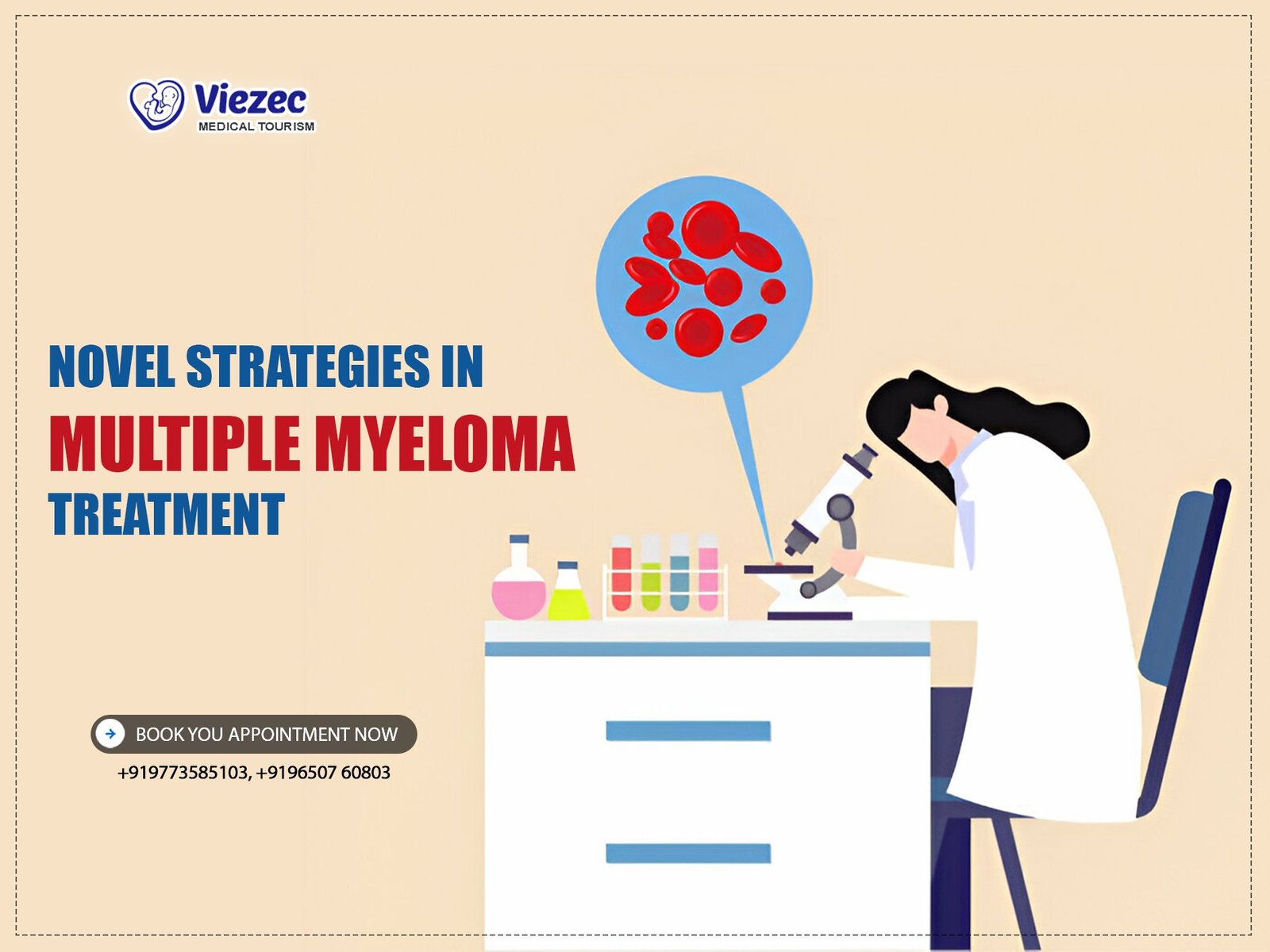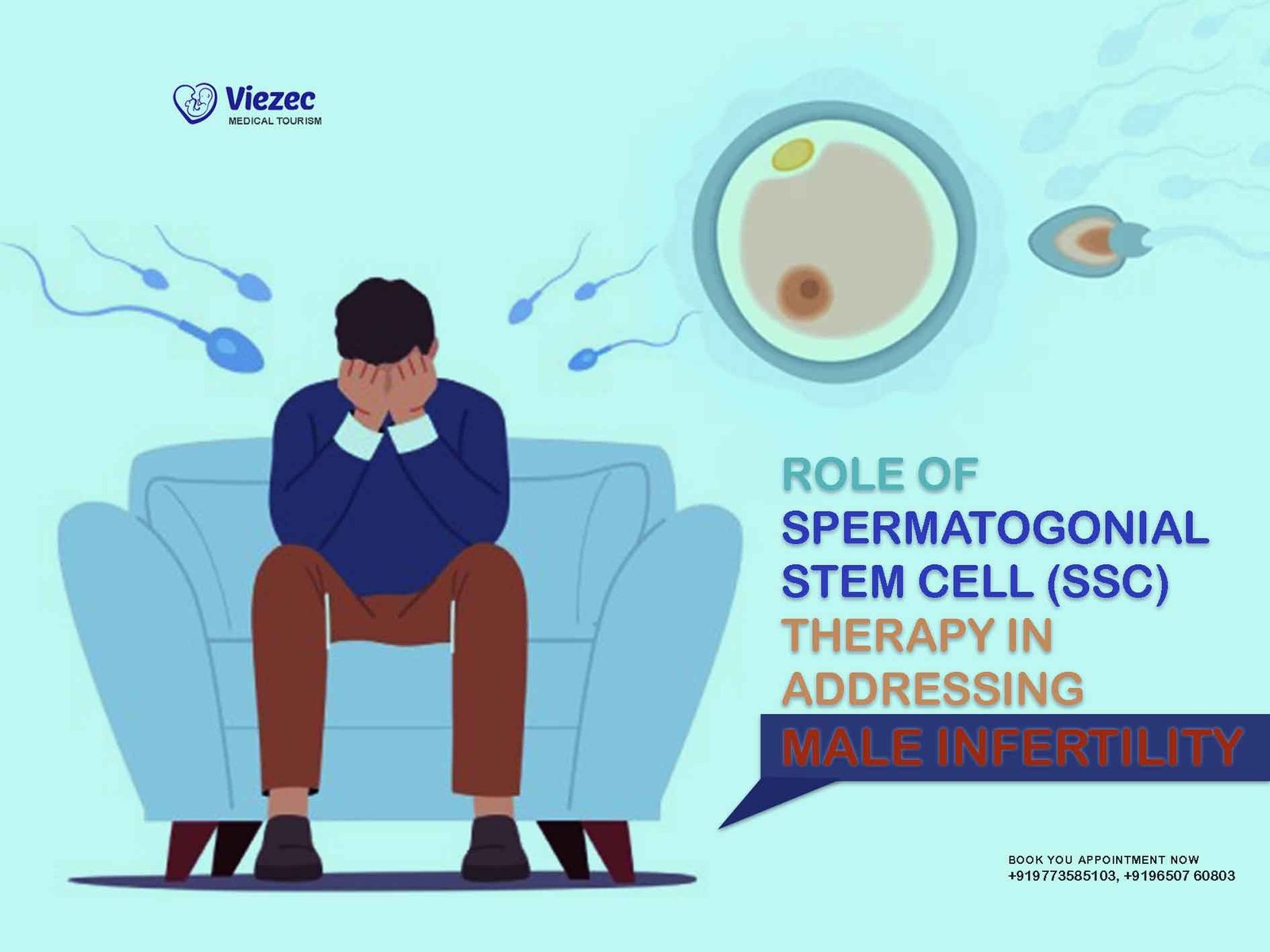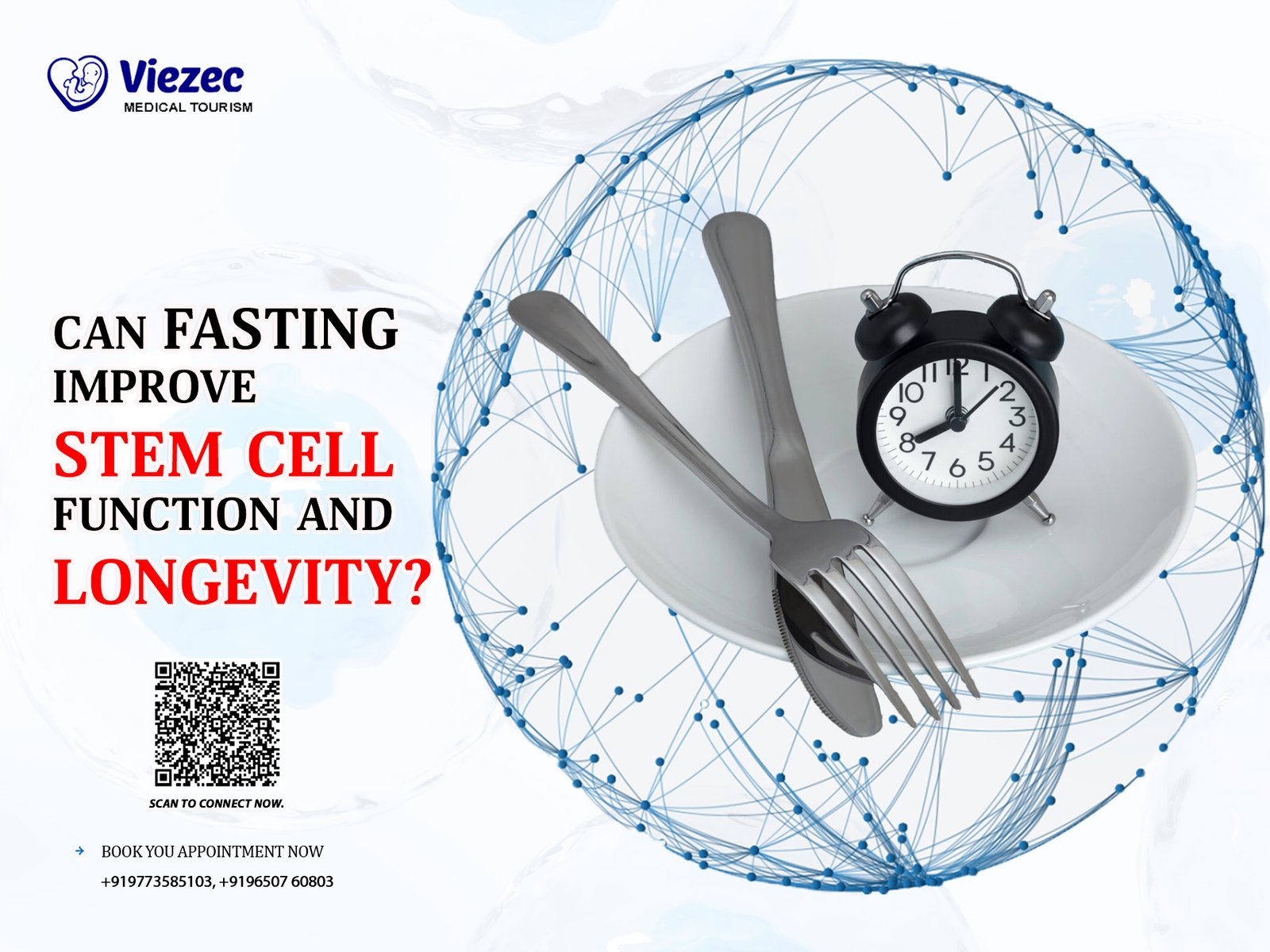Multiple myeloma is a type of blood cancer that originates in plasma cells, a kind of white blood cell responsible for producing antibodies. This malignancy leads to an abnormal proliferation of plasma cells in the bone marrow, disrupting normal blood cell production and causing bone damage, anemia, kidney dysfunction, and increased susceptibility to infections. As a heterogeneous disease, it presents various clinical manifestations and genetic abnormalities, making its management particularly complex. Over the past few decades, significant advancements in understanding the biology and genetics of multiple myeloma have paved the way for novel treatment approaches, improving patient outcomes and survival rates.
Current Treatment Landscape
The treatment landscape for multiple myeloma has evolved dramatically with the advent of novel agents and therapeutic strategies. Traditional approaches primarily involved conventional chemotherapy and autologous stem cell transplantation (ASCT). However, the introduction of targeted therapies, including proteasome inhibitors and immunomodulatory drugs (IMiDs), has revolutionized management protocols. Additionally, advances in supportive care, such as the use of bisphosphonates for bone disease, have significantly enhanced the quality of life for patients. Despite these improvements, the disease remains incurable, and most patients eventually relapse, necessitating continuous innovation in treatment strategies.
Challenges in Treating Multiple Myeloma
Treating multiple myeloma poses several challenges due to its complex and heterogeneous nature. Disease heterogeneity leads to varied responses to treatment, making personalized therapy crucial. Moreover, the development of drug resistance is a significant hurdle, as it often leads to relapse and progression. Side effects and toxicities associated with current treatments can also limit their efficacy and impact patients’ quality of life. Additionally, access to advanced therapies and clinical trials can be limited, particularly in low-resource settings. Addressing these challenges requires ongoing research, development of novel agents, and a tailored approach to therapy that considers individual patient profiles and disease characteristics.
Advancements in Chemotherapy
Novel Chemotherapeutic Agents
Chemotherapy remains a cornerstone in the treatment of multiple myeloma, with novel agents continually being developed to enhance efficacy and reduce toxicity. These new chemotherapeutic drugs are designed to target specific aspects of myeloma cell biology, including DNA replication and repair mechanisms. For instance, drugs like bendamustine and liposomal doxorubicin have shown promising results in clinical trials, offering improved therapeutic outcomes. The development of these agents is crucial for patients who have relapsed or are refractory to standard treatments, providing them with additional options that can potentially prolong survival and improve quality of life.
Combination Therapies
Combination therapies, which involve the use of multiple drugs with different mechanisms of action, have become a standard approach in multiple myeloma treatment. This strategy aims to maximize anti-tumor efficacy while minimizing resistance. For example, combining proteasome inhibitors with immunomodulatory drugs and corticosteroids has shown synergistic effects, leading to deeper and more durable responses. The use of combination regimens has been instrumental in improving progression-free survival and overall survival rates. Ongoing research continues to explore various combinations, including incorporating novel agents and targeted therapies, to further enhance treatment outcomes.
Reducing Chemotherapy Toxicity
One of the significant advancements in multiple myeloma treatment is the effort to reduce chemotherapy toxicity. Newer formulations and delivery methods, such as liposomal encapsulation, aim to minimize adverse effects while maintaining therapeutic efficacy. Additionally, supportive care measures, including the use of growth factors to manage hematologic toxicity and prophylactic measures for infection prevention, have improved patients’ tolerance to chemotherapy. Reducing toxicity is particularly important for elderly patients and those with comorbidities, as it allows them to benefit from effective treatments without compromising their overall health and quality of life.
Targeted Therapy Approaches
Proteasome Inhibitors
Mechanism of Action
Proteasome inhibitors have emerged as a critical component of targeted therapy in multiple myeloma. These drugs work by inhibiting the proteasome, a complex responsible for degrading unneeded or damaged proteins within the cell. By blocking this process, proteasome inhibitors induce the accumulation of defective proteins, leading to cellular stress and apoptosis, particularly in myeloma cells, which are highly dependent on proteasome function due to their high protein turnover. This selective targeting makes proteasome inhibitors effective in reducing tumor burden and controlling disease progression.
Clinical Trials and Efficacy
The efficacy of proteasome inhibitors has been demonstrated in numerous clinical trials, leading to their widespread adoption in multiple myeloma treatment regimens. Bortezomib, the first proteasome inhibitor approved, has significantly improved response rates and survival outcomes when used alone or in combination with other agents. Newer proteasome inhibitors, such as carfilzomib and ixazomib, offer alternative options with different administration routes and toxicity profiles. These drugs continue to be evaluated in various clinical settings, including newly diagnosed, relapsed, and refractory multiple myeloma, to optimize their use and identify the most effective combinations and sequences of therapy.
Immunomodulatory Drugs (IMiDs)
Mechanism of Action
Immunomodulatory drugs (IMiDs) are another cornerstone of multiple myeloma treatment, working through multiple mechanisms to exert anti-tumor effects. IMiDs enhance the immune system’s ability to recognize and attack myeloma cells by stimulating T cells and natural killer cells. They also inhibit the production of pro-inflammatory cytokines and angiogenesis, reducing the tumor’s ability to sustain itself. Additionally, IMiDs directly induce apoptosis in myeloma cells. These multifaceted actions make IMiDs highly effective in controlling the disease and improving patient outcomes.
Emerging IMiDs in Clinical Trials
The success of IMiDs like thalidomide, lenalidomide, and pomalidomide has spurred the development of new IMiDs with improved efficacy and reduced side effects. Emerging IMiDs, such as iberdomide and CC-92480, are currently being evaluated in clinical trials. These new agents aim to overcome resistance to existing IMiDs and provide additional options for patients with relapsed or refractory multiple myeloma. Preliminary results from these trials are promising, suggesting that emerging IMiDs could play a significant role in future treatment paradigms, offering hope for more effective and durable disease control.
Immunotherapy Innovations
Monoclonal Antibodies
Mechanism of Action
Monoclonal antibodies represent a significant advancement in immunotherapy for multiple myeloma. These engineered antibodies specifically target antigens expressed on myeloma cells, leading to their destruction through various mechanisms, including antibody-dependent cellular cytotoxicity (ADCC), complement-dependent cytotoxicity (CDC), and direct induction of apoptosis. By selectively targeting myeloma cells, monoclonal antibodies provide a more precise and effective treatment approach, minimizing damage to normal tissues and reducing systemic toxicity.
FDA-Approved Monoclonal Antibodies
Several monoclonal antibodies have been approved by the FDA for the treatment of multiple myeloma, significantly expanding therapeutic options. Daratumumab and isatuximab, which target CD38, have shown impressive efficacy in both relapsed/refractory and newly diagnosed patients, often in combination with other agents. Elotuzumab, targeting SLAMF7, has also demonstrated benefit, particularly in combination with lenalidomide and dexamethasone. These antibodies have improved response rates and survival outcomes, and ongoing studies are exploring their use in various combinations and settings to optimize their efficacy.
CAR T-Cell Therapy
Engineering CAR T-Cells
CAR T-cell therapy represents a groundbreaking approach in the treatment of multiple myeloma. This personalized treatment involves collecting a patient’s T cells, genetically modifying them to express a chimeric antigen receptor (CAR) that targets a specific antigen on myeloma cells, and then reinfusing the modified cells into the patient. These engineered CAR T-cells are designed to recognize and kill myeloma cells with high specificity and potency. The process involves sophisticated techniques to ensure the efficacy and safety of the modified cells, making it one of the most advanced and promising therapies in cancer treatment.
Clinical Outcomes and Challenges
CAR T-cell therapy has shown remarkable efficacy in multiple myeloma, particularly in patients who have exhausted other treatment options. Clinical trials have demonstrated high response rates and durable remissions in heavily pretreated patients. However, the therapy is associated with significant challenges, including severe side effects such as cytokine release syndrome (CRS) and neurotoxicity. Additionally, the manufacturing process is complex and time-consuming, limiting its immediate availability. Addressing these challenges through ongoing research and development is crucial to making CAR T-cell therapy more accessible and safer for a broader patient population.
Bispecific T-Cell Engagers (BiTEs)
Bispecific T-cell engagers represent a groundbreaking immunotherapy approach designed to harness the power of the immune system against myeloma cells. These molecules are engineered to bind both T cells and myeloma cells simultaneously, promoting T cell-mediated cytotoxicity.
Mechanism of Action
BiTEs function by bridging cytotoxic T cells with myeloma cells via specific surface antigens, leading to targeted cell lysis. This dual-binding capability enhances the immune response against tumor cells, potentially overcoming immune evasion mechanisms seen in multiple myeloma.
Current Clinical Trials
Several BiTE constructs are currently under investigation in clinical trials, evaluating their efficacy and safety profiles in relapsed/refractory multiple myeloma. Early results show promising activity, suggesting a future role in combination therapies or as salvage treatments.
Stem Cell Transplantation
Stem cell transplantation remains a cornerstone in the treatment of multiple myeloma, offering a chance for durable remission and possibly cure in eligible patients. Both autologous and allogeneic approaches have evolved significantly.
Autologous Stem Cell Transplantation (ASCT)
ASCT involves harvesting a patient’s own hematopoietic stem cells, administering high-dose chemotherapy, and reinfusing the stem cells to restore bone marrow function.
Procedure and Protocols
The procedure typically includes stem cell mobilization, conditioning chemotherapy, stem cell infusion, and supportive care to manage treatment-related toxicities.
Efficacy and Long-Term Outcomes
ASCT has shown to significantly prolong progression-free survival and occasionally achieve long-term disease control in suitable candidates, highlighting its role in upfront treatment strategies.
Allogeneic Stem Cell Transplantation
Allogeneic transplantation involves using stem cells from a donor, offering potential graft-versus-myeloma effects but also posing challenges such as graft-versus-host disease (GVHD).
Indications and Selection Criteria
It is reserved for younger patients with high-risk disease or those who have relapsed after autologous transplantation.
Graft-Versus-Host Disease (GVHD) Management
GVHD remains a significant complication, requiring careful immunosuppressive therapy and supportive care measures to balance graft-versus-myeloma effects with transplant-related morbidity.
Novel Strategies in Stem Cell Mobilization
Efforts to optimize stem cell mobilization techniques aim to enhance stem cell yield and improve transplantation outcomes.
Mobilization Agents
Novel agents like plerixafor in combination with granulocyte colony-stimulating factor (G-CSF) have shown efficacy in mobilizing stem cells from the bone marrow to peripheral blood.
Enhancing Stem Cell Yield
Strategies incorporating cytokines, growth factors, and timing adjustments aim to maximize the collection of high-quality stem cells for transplantation.
Emerging Therapies and Future Directions
In addition to established treatments, ongoing research is exploring innovative therapeutic avenues that could redefine the management of multiple myeloma.
Epigenetic Modifiers
Epigenetic drugs target aberrant gene expression patterns in myeloma cells, potentially reversing malignant changes and restoring normal cellular function.
Mechanism of Action
These agents alter gene activity without changing the underlying DNA sequence, influencing cell differentiation, and apoptosis pathways critical for myeloma growth.
Preclinical and Clinical Studies
Early clinical trials demonstrate varying degrees of efficacy, highlighting the need for patient selection based on molecular profiling and disease characteristics.
Antibody-Drug Conjugates (ADCs)
ADCs represent a targeted therapy approach combining the specificity of monoclonal antibodies with the cytotoxic potency of chemotherapy.
Mechanism of Action
These conjugates deliver cytotoxic agents directly to myeloma cells via antibody-mediated binding, minimizing systemic toxicity and enhancing therapeutic efficacy.
Ongoing Clinical Trials
Several ADCs are undergoing evaluation in clinical trials, aiming to expand treatment options for refractory disease or in combination regimens with established therapies.
Oncolytic Viruses
Harnessing the natural ability of viruses to selectively infect and destroy cancer cells offers a promising new frontier in multiple myeloma treatment.
Mechanism of Action
Oncolytic viruses replicate within myeloma cells, causing lysis and stimulating an anti-tumor immune response, while sparing normal tissues.
Clinical Applications in Multiple Myeloma
Early-phase clinical trials demonstrate safety and initial efficacy signals, suggesting potential future roles in multimodal treatment approaches.
Personalized Medicine in Multiple Myeloma
Advances in genomic profiling and biomarker identification are paving the way for personalized treatment strategies tailored to individual patient characteristics.
Genetic Profiling and Risk Stratification
Next-generation sequencing technologies enable comprehensive profiling of myeloma genomes, identifying actionable mutations and guiding treatment decisions.
Personalized Treatment Plans
Integration of genomic data with clinical parameters facilitates personalized therapy selection, optimizing treatment outcomes and minimizing adverse effects.









